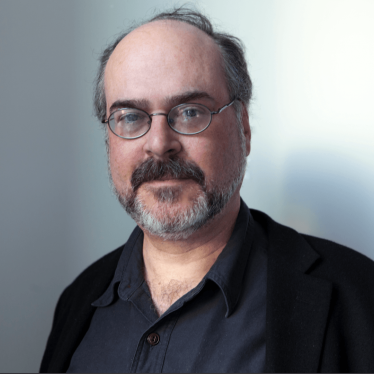The bright white sandy beach in Sri Lankan’s northeastern town of Trincomalee is as beautiful as any urban seafront anywhere. It was midday in October, with the sun too high and hot for tourists and local residents alike. A young Sri Lankan raised in New Zealand told me she had bravedthe undertow for a swim, unaware nor having any reason to be aware of the cold-blooded murders there nearly 10 years ago. On the evening of January two, 2006, while many people celebrated the New Year on the beach, five ethnic Tamil students were fatally shot at point-blank range near the road running parallel to the shore. Two others were seriously wounded.The local authorities quickly claimed the victims were Liberation Tigers of Tamil Eelam insurgents carrying out a grenade attack. There is no evidence of that.
The ‘Trinco five’ case is exceptional among the countless atrocities by both sides during Sri Lanka’s long civil war, which ended with the LTTE’s defeat in 2009. Unlike the vast majority of cases, the beachfront massacre received global attention. There were even some arrests. It was the subject of government-appointed commissions and discussions at the United Nations Human Rights Council.Still, no one has been punished for the crime, neither the men who pulled the trigger nor those who ordered the killings and later engaged in a cover-up.Dr. Kasippillai Manoharan’s 20-year-old son, Ragihar, was among the five youths killed. Just days after his son’s death, Dr. Manoharan testified at a government inquest. He described the chilling last phone message from his son, who said that his friends were begging the police not to shoot them.
Dr. Manoharan testified that he rushed to the beachfront, which was near his home, but authorities stopped him. He could hear the students pleading for their lives, and then the gunshots.
Death threats
For months afterward, there were death threats against him and his family. They fled the country and received asylum in the United Kingdom, where they have lived ever since.
Twelve officers from the police Special Task Force (STF) were arrested in 2006 in connection with the investigation into the killings. They were soon released for lack of evidence.
According to a US State Department cable from October 2006 released several years later by WikiLeaks, the brother and advisor of then-President Mahinda Rajapaksa, Basil Rajapaksa, admitted to the US ambassador to Sri Lanka that the security forces were responsible for the killings. But he insisted there was no evidence to convict them. “We know the STF did it, but the bullet and gun evidence shows that they did not,” Basil Rajapaksa is quoted as saying. “They must have separate guns when they want to kill someone.”
The Trinco five case received renewed attention when it was included in a presidential commission established in 2006 to investigate 16 prominent human rights cases. Dr. Manoharan testified again, by video. He said that after the shootings a senior government official had offered him a house in Colombo and private school entry for his remaining children if he kept quiet.
The presidential commission completed its report in May 2009, but President Rajapaksa never released it. It became public only this past month. The investigation into the case is strong, containing numerous testimonies and gruesome details. The commission’s conclusion is straightforward: “[T]here are strong grounds to surmise the involvement of uniformed personnel in the commission of the crime.” The careful recommendations leave out only one – to prosecute those responsible. But we now know with certainty that the government in 2009 could have brought genuine prosecutions – if only it had the political will.
STF officers arrested
In July 2013, the 12 STF officers were arrested again. The former head of the STF in Trincomalee, whom Sri Lankan human rights monitors had traced to the murder scene, was not among them. After three months, no proceedings had been initiated against the 12, so they were again released. No further legal action is known to have taken place.
This October the Human Rights Council adopted a consensus resolution with the support of the new Sri Lankan government of President Maithripala Sirisena. A ‘justice mechanism’ will be established to investigate and bring to trial those responsible for serious crimes by both sides during the civil war.
The details of this new tribunal have been left in the hands of the Sri Lankan government. Senior government officials have expressed a commitment to accountability for wartime abuses and are working now with domestic groups to develop a way forward.
Threats and violence against witnesses and judicial officers remain a serious concern. Having foreign judges and prosecutors on the tribunal, as envisioned by the Human Rights Council resolution, would reduce the risks. The government will also need to enact an effective witness protection program and adopt measures to allow all victims and witnesses to testify, while preserving the rights of the defendants. For Dr. Manoharan, that would mean being able to testify by live video.
The Trinco five massacre is not such a difficult case. The ability of the government to prosecute it has broader implications for justice in Sri Lanka. Many things can be buried on a white sandy beach. The memory of five students should not be one of them.








